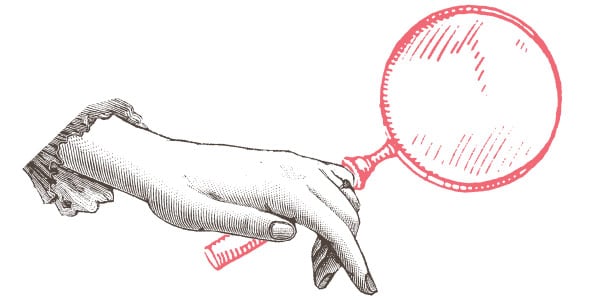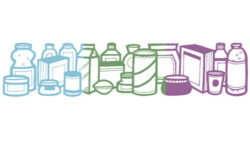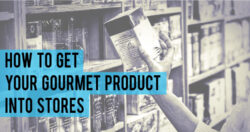When starting a new packaging project, always research who the competitors are. Who are you going up against? What products is your target audience currently using? How is your brand and product positioning different from your competitors? Here’s why you should be doing this:
- Be aware of what others are doing. When consumers are considering your product, they will also be considering these competing products and comparing them with yours. It’s always best to know what your audience is familiar with so you can strategically position/develop/design your product and branding.
- Avoid what others are doing. Now that you’re aware of what’s out there in your category, make sure you stand out from it, don’t blend in. This is most applicable in design and messaging. What colors are predominant in this category? What packaging types? What product attributes are they highlighting? You don’t want to be working in a vacuum—get awareness first, then work from there.
- Context. Your product will likely be seen among these competing products on the retail shelf. How does your product look when next to competing products? How does your product look on the retail shelf in stores where it will be sold? Remember that your product only has a 2–3 second window on the shelf at best to capture their highly divided attention. Make sure consumers can immediately discern what your product is and why it’s different. If it’s an unusual product or has additional uses, make sure that the package informs them on how to use it.
- See how others are pushing the envelope in this category—in design, positioning, branding, messaging, etc. Then push yours further. Products that stand out by pushing boundaries get more attention—so just another reason to be aware and use that awareness to your advantage. Keep in mind however to do what’s appropriate for your product and brand. Don’t break barriers just for the sake of being different. It all has to tie in with and relate to your branding.
- Pros and cons. What are the advantages and disadvantages of your competitors? What do consumers like about your competing products and what do they not? Take surveys if you can, even if informal. The more information you can get your hands on the better as it will guide your product’s design and development in a strategic way. If it’s an option, talk to store buyers as well to see what works about competing products in your category and what doesn’t. Remember you have two audiences here: first you need to please the buyers and then the consumers. Buyers have valuable input about what does and doesn’t work from their perspective. They want products that move, so talk to them if you can get access to them. Then when your packaging design is ready, you can run that by them for more valuable input.





